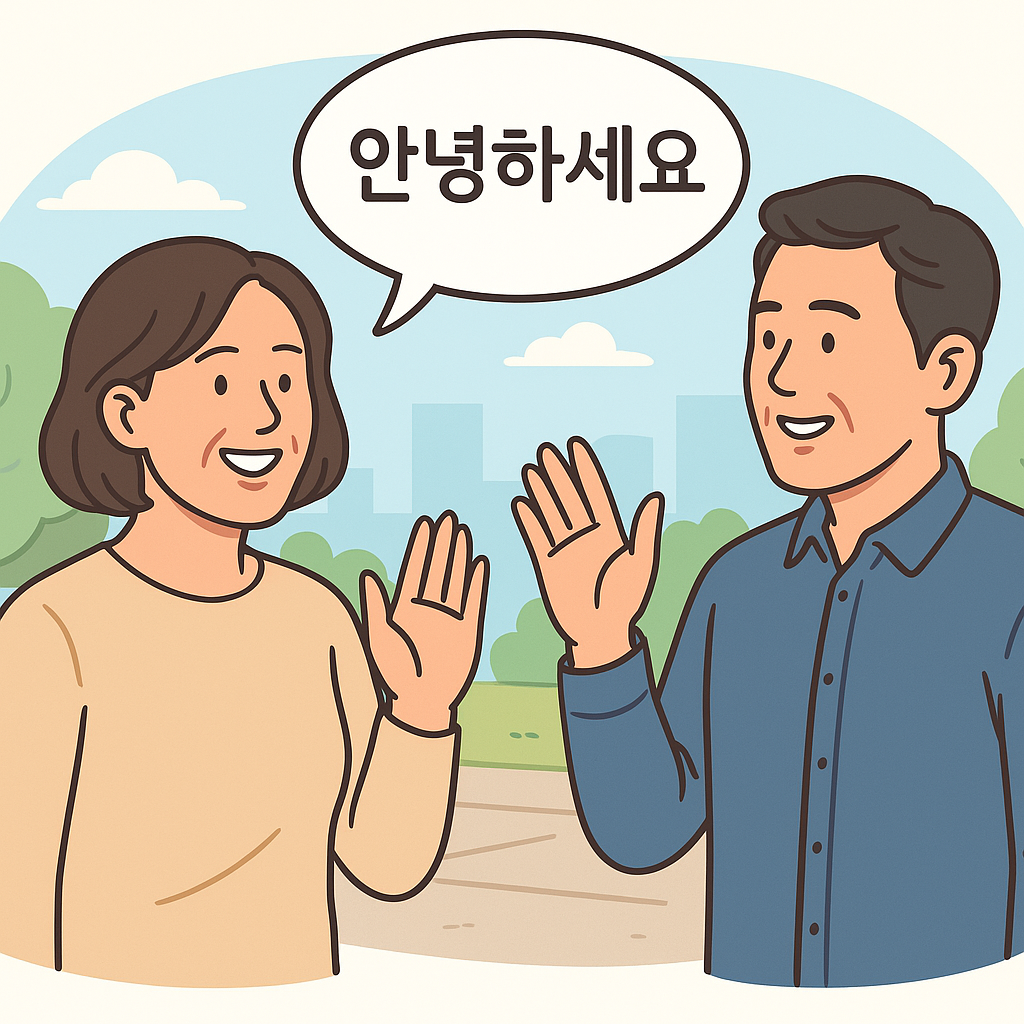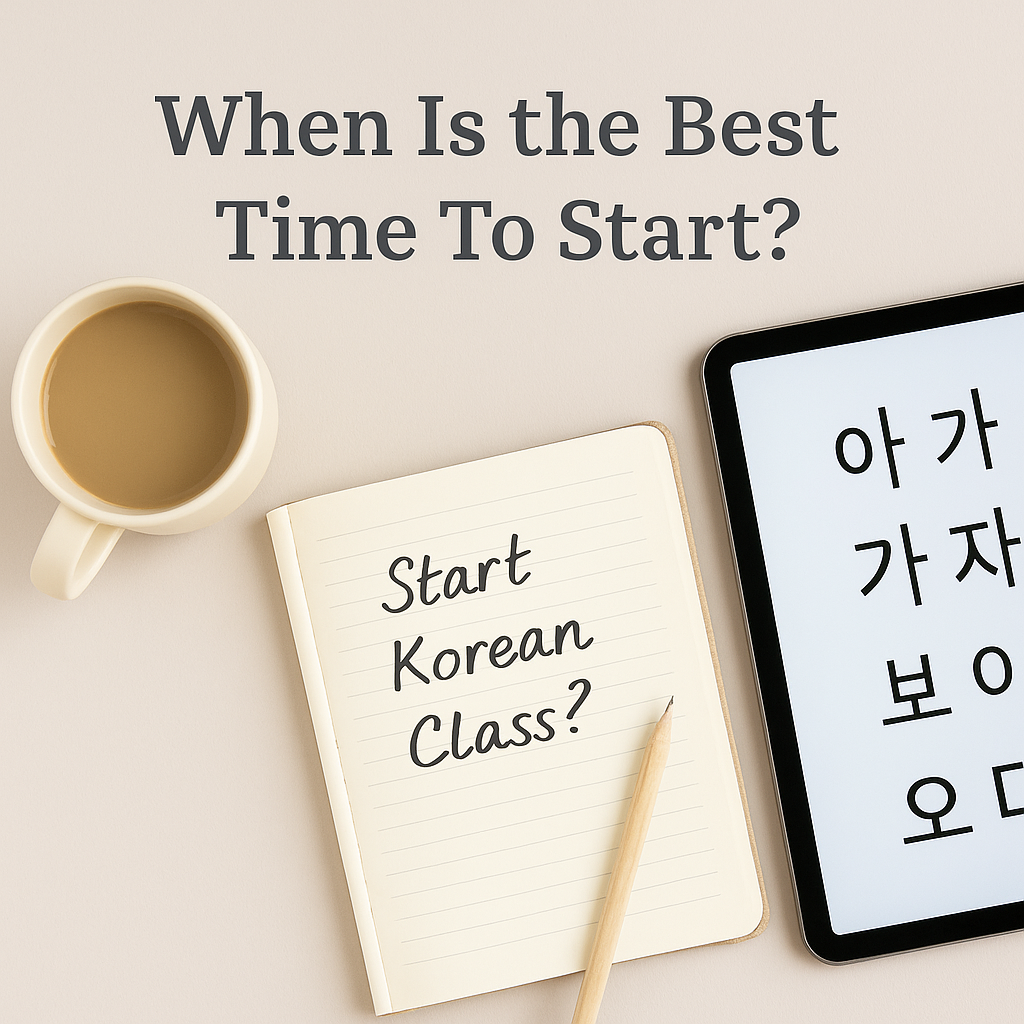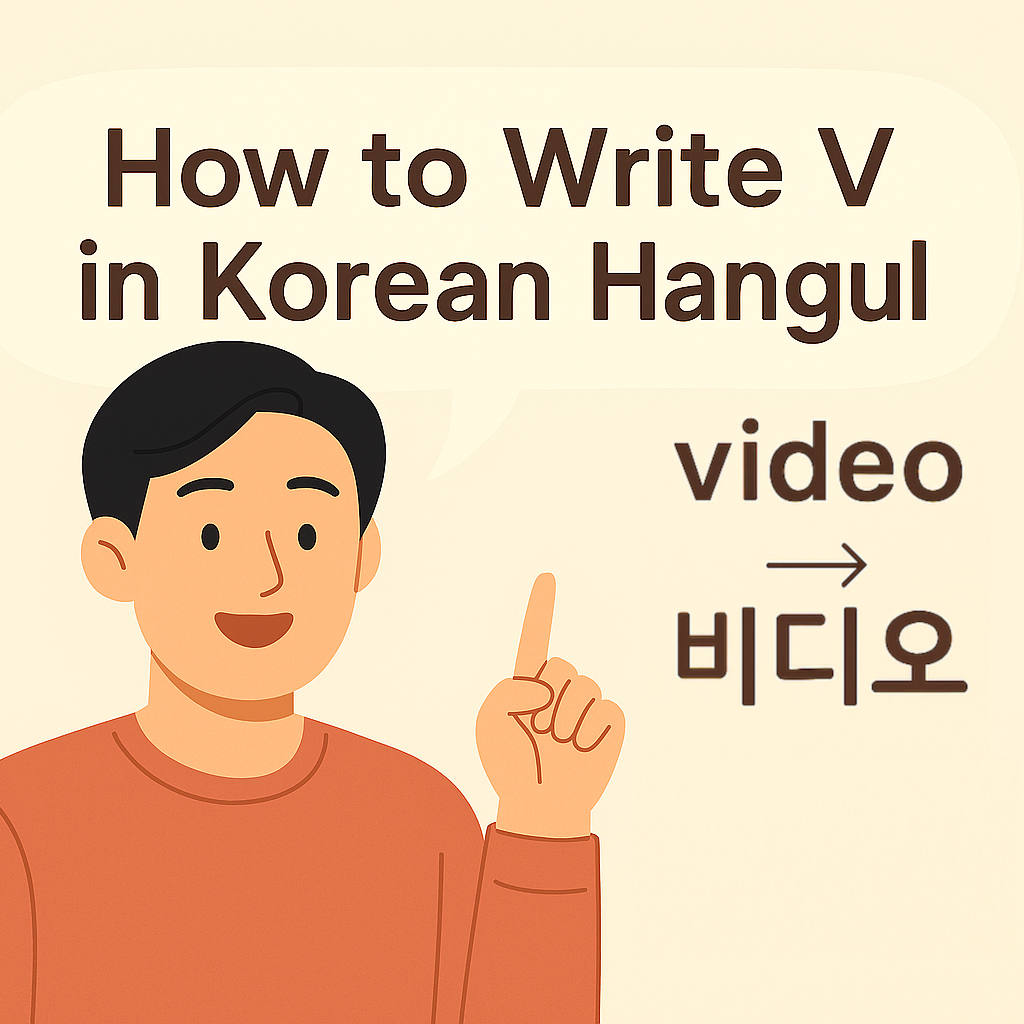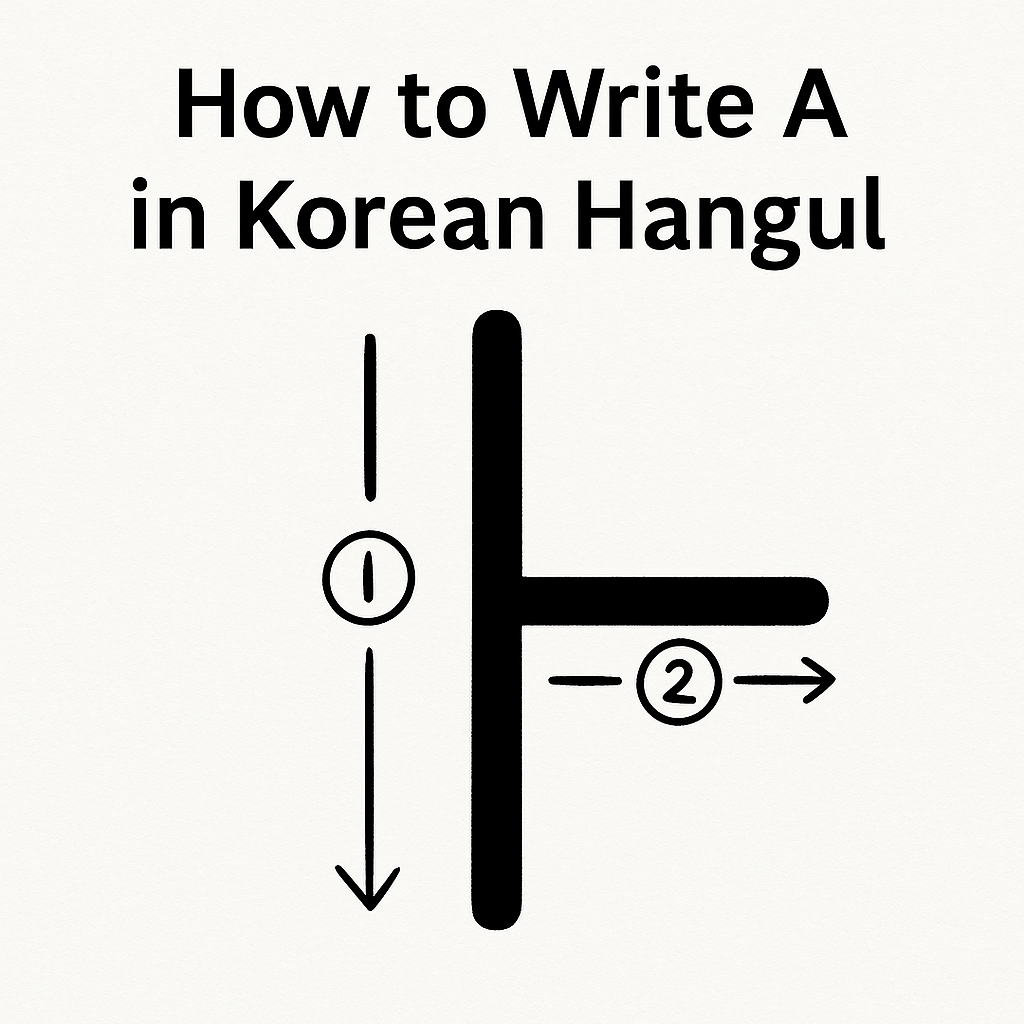If you’ve ever watched a K-Drama, you’ve heard probably heard: “Annyeonghaseyo!”, but did you know there’s more than one way to say “hello” in Korean.
And using the wrong one can sound rude or strange?
In Korean, greetings are based on formality, age, and situation. In this post, we’ll break down the three most common greetings and when to use them correctly—even if you’re just starting out.
How To Say Hello in Korean – Three Different Ways
1. 안녕하세요 (Annyeonghaseyo)
Use: The standard polite greeting.
This is the safest and most common way to say hello in Korean. You’ll hear this between strangers, in stores, and in almost every K-Drama scene where characters meet politely.
Use it when:
- You meet someone for the first time
- You’re greeting someone older than you
- You want to sound respectful
2. 안녕 (Annyeong)
Use: Informal / casual greeting.
This is the equivalent of saying “hi” or “hey.” It’s friendly, warm—but only appropriate with people close to you.
Use it when:
- Speaking to a friend or younger sibling
- Messaging someone your age
- Saying hello to kids
⚠️ Do not use this with strangers, teachers, or anyone older unless invited.
3. 안녕하십니까 (Annyeonghasimnikka)
Use: Very formal greeting.
This version is used in formal presentations, on the news, or in official work environments.
Use it when:
- Giving a formal speech
- Answering the phone in a business setting
- Greeting someone much higher in rank
How To Say Hello in Korean If You’re Not Sure
If you’re not sure—go with 안녕하세요 (Annyeonghaseyo). It’s polite, friendly, and usually safe.
Korean has deep respect built into the language. Using the correct greeting helps you make a good first impression and shows cultural understanding.
🎯 Are You Over 50 or Struggling to Learn Korean?
If you’re over 50 or just finding Korean harder than you expected, you’re not alone.
Grab your free guide with our 100 KDrama words and phrases here:
We also offer free 1-on-1 strategy sessions for learners who want a clear, personal plan that actually works. Especially useful if traditional apps and videos haven’t helped.





